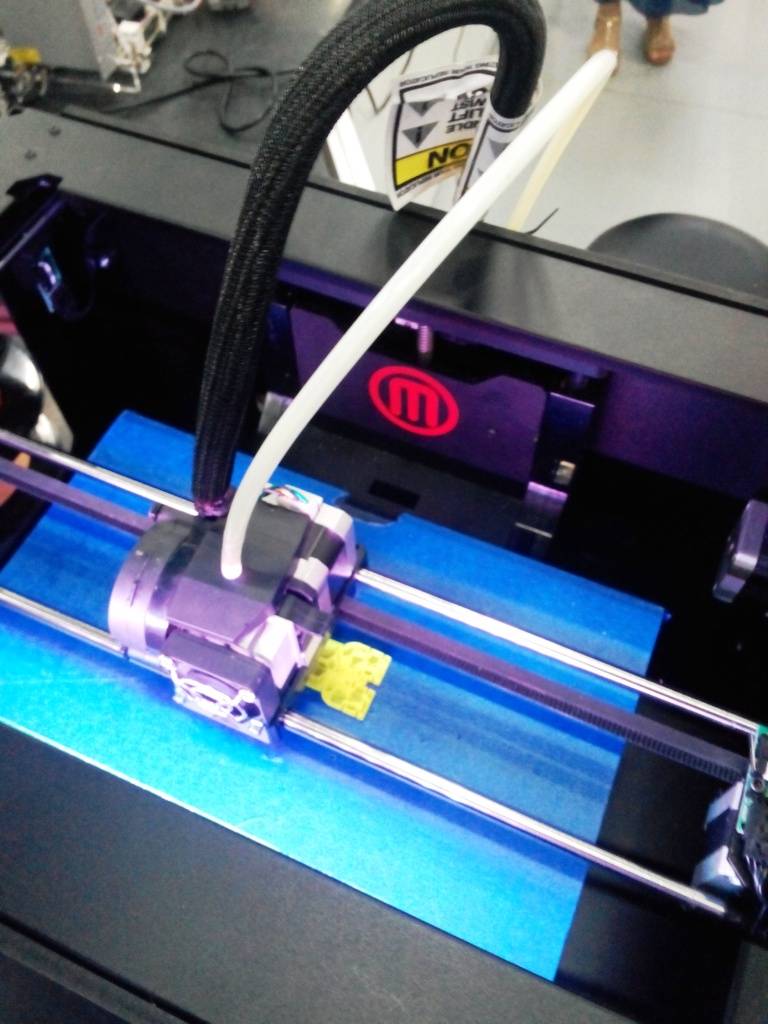China is the largest country in the world in terms of population. It is the second largest economy in the world, which is set to surpass USA as the largest economy in the next few decades. Despite all its economic and technological success not much is known about People’s Republic of China around the world. Weifang city in Shandong province of China is one of the hidden treasures in terms of culture, technology and economic development that have escaped global attention.
Shandong is situated in the eastern part of the country near the Korean Peninsula. It’s famous for being the birthplace of the great Chinese philosopher, Confucius, and Mo Yan, the first Chinese Nobel Laureate in Literature. Weifang is a Prefecture level city in Shandong Province with a population of over 9 million. Weifang is known as kite capital of the world because it has the biggest kite production base in the world. Apart from that it has a high tech development zone and ancient culture streets. Unfortunately, Weifang with a 7,000 year old history is not getting the required attention in global media despite all the attractions that it provides.
Kite Capital
Kites are something that people of Pakistan are familiar with in cultural terms. However, it’s not widely known that Weifang city in china is the cultural bastion of kites. Every year in April an Annual Kite Festival is held in Weifang to show case the kite culture of the city. World Kite Museum is situated in Weifang that displays variety of kites that have been produced in Weifang over the years. Museum provides useful information on the history of kites and how it became a part of the Chinese popular culture.
Furthermore, the city of Weifang also contains Meicun Village the largest kite production base in China. Meicun has a total population of 4,600 people and out of which 2,200 are engaged in kite production on full time basis. Located in Fangzi district, Meicun Village is home to 87 kite producing factories. All these factories perform different functions in the overall kite manufacturing process. Annually 80 million kites are produced in Meicun Village alone that earn revenue of approximately $30 million.
High Tech Zone
Normally a city is either known for its culture or technological advancement. This is not the case with Weifang. Along with its cultural reputation it’s also home to a modern High Tech Zone. Established in the year 1992, the High Tech Zone of Weifang consists of 110 square kilometer area where 196,000 people live. This zone is home to 139 high tech companies that are renowned in the fields of automobile, computers, aviation etc. One of the most interesting things offered by this zone is the 3D printing center which is functioning since 1990s. This center uses state of the art 3D printing technology to manufacture products for architecture, aviation, medicine and so on.
One of the highlights of High Tech Zone is the Weifang Software Park. This software park has been designed on the lines of Silicon Valley and consists of over 100 companies that are engaged in different functions ranging from software development and architecture to producing security solutions, town planning and so on. The software park of Weifang is still in its growth stages and it’s expected to increases its technologically advancement capacity in the future to come.
Cultural Heritage
Weifang has a rich cultural heritage that dates back to 5000 BC. Weifang contains many art galleries, museums and historical sites that show a glimpse in the rich cultural past of the city. Qingzhou county of Weifang has to offer a lot in terms of cultural heritage. Qingzhou Museum built in 1959 contains over 40,000 objects that remind the world about the ancient Chinese culture.
Apart from that there is a place called Songcheng Street in Qingzhou County. Situated along a canal, Songcheng Street showcases the performances of folk artists of China. Different artists normally aged more than 50 years are busy performing different types of square dances for the tourists. Qingzhou also has four ancient streets that were established at least 1700 years ago. These streets portray different items that represent Chinese culture over the course of thousands of years.
Archeological Treasures
Yishan Mountain is situated in the Linqu county of Weifang. This mountain is famous in the history of Chinese historical dynasties. According to available records, 16 different emperors from 10 Chinese dynasties had visited Yishan Mountain to pray for health and longevity. Today, this mountain is a scenic spot where tourists can be found in large numbers round the year.
Arguably, the biggest attraction for tourists in Weifang is the Dinosaur National Geopark. Situated in the Zhucheng county of Weifang, this Dinosaur Geopark contains the largest concentrations of Dinosaur fossils all over the world. Visiting this Geopark is a once in a lifetime experience and it compels the tourists to enter the world of dinosaurs in their imaginations.
Bottom Line
The reason for well-maintained locations and sites in Weifang is the effective role of Chinese government in preserving their culture and past. The government has made huge expenditures in preserving different cultural sites and still spends a lot in paying the folk artists to keep their art alive. The support that Chinese government is providing to their history, culture and art is a lesson for other developing countries of the world such as Pakistan. Nations can’t afford to lose their cultural heritage and history and therefore they should go to any possible extent to preserve them.








